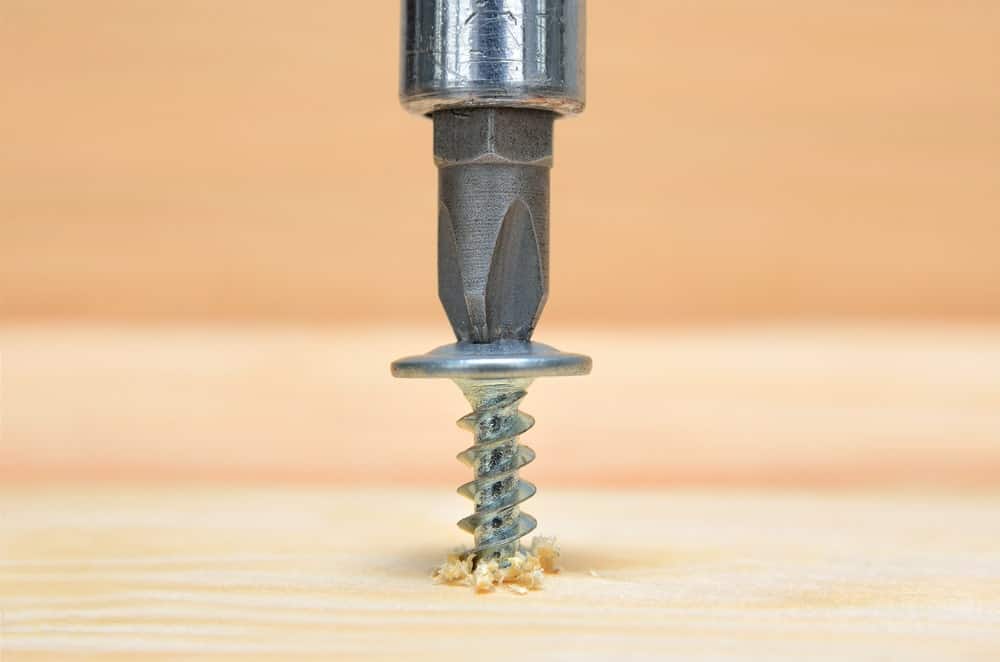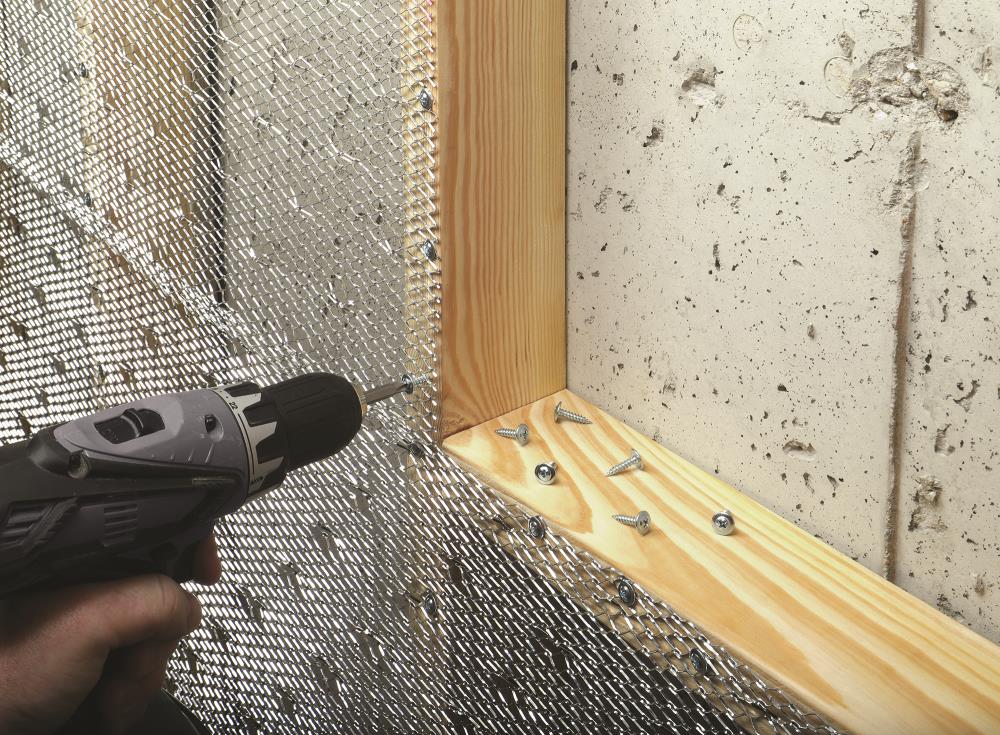Truss head self tapping screws are commonly used in construction, carpentry and DIY projects. These screws are designed to be used without pre-drilling a hole and are a popular choice due to their versatility and ease of use. If you are looking to use truss head self tapping screws in your next project, it is important to understand what they are and how they work.
What is a Truss Head Self Tapping Screw?
A truss head self tapping screw is a type of screw with a wide, flat head that spreads the load over a larger surface area. This design enables the screw to be used with materials that are prone to cracking or splitting, such as drywall, plasterboard and softwoods. The term "self tapping" refers to the screw's ability to create its own thread as it is driven into the material. This eliminates the need to pre-drill a hole, saving time and effort in the process.

Advantages of Truss Head Self Tapping Screws
There are several advantages to using truss head self tapping screws in your project. These advantages include:
1. Easy to Use: Truss head self tapping screws are easy to use, eliminating the need for pre-drilling a hole. This makes the assembly of your project faster and more efficient.
2. High Load Capacity: The wide, flat head of a truss head self tapping screw spreads the load over a larger surface area, making it ideal for use with materials that are prone to cracking or splitting.
3. Versatility: Truss head self tapping screws are suitable for use with a variety of materials, including wood, metal, plastics and composites.
4. Longevity: Truss head self tapping screws are made from high-quality materials, ensuring that they will last a long time and provide a secure connection.
Choosing the Right Truss Head Self Tapping Screw
When choosing the right truss head self tapping screw for your project, there are several factors to consider. These include:
1. Material: Consider the material you will be working with. Truss head self tapping screws work well with a variety of materials, but it is important to choose the right screw for your specific application.
2. Size: Choose a screw size that is appropriate for the thickness of the material you are working with. Using a screw that is too small or too large can compromise the integrity of your project.
3. Thread Size: The thread size of a truss head self tapping screw determines its holding power. Be sure to choose a screw with a thread size appropriate for the material you are using.
4. Head Size: The size of the truss head should be proportionate to the size of the screw. A larger screw will require a larger head size to provide adequate support.
In conclusion, truss head self tapping screws are a versatile and efficient way to secure materials in your project. When choosing the right screw, be sure to consider the material you are working with, the size of the screw, the thread size and the head size. With the right truss head self tapping screws, you can ensure that your project is secure and long-lasting.

Post time: Mar-25-2023

